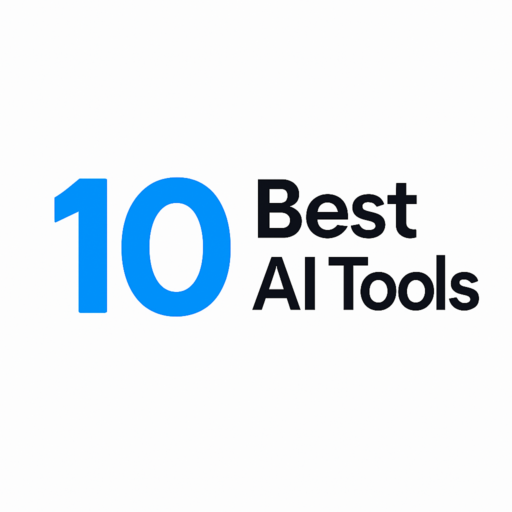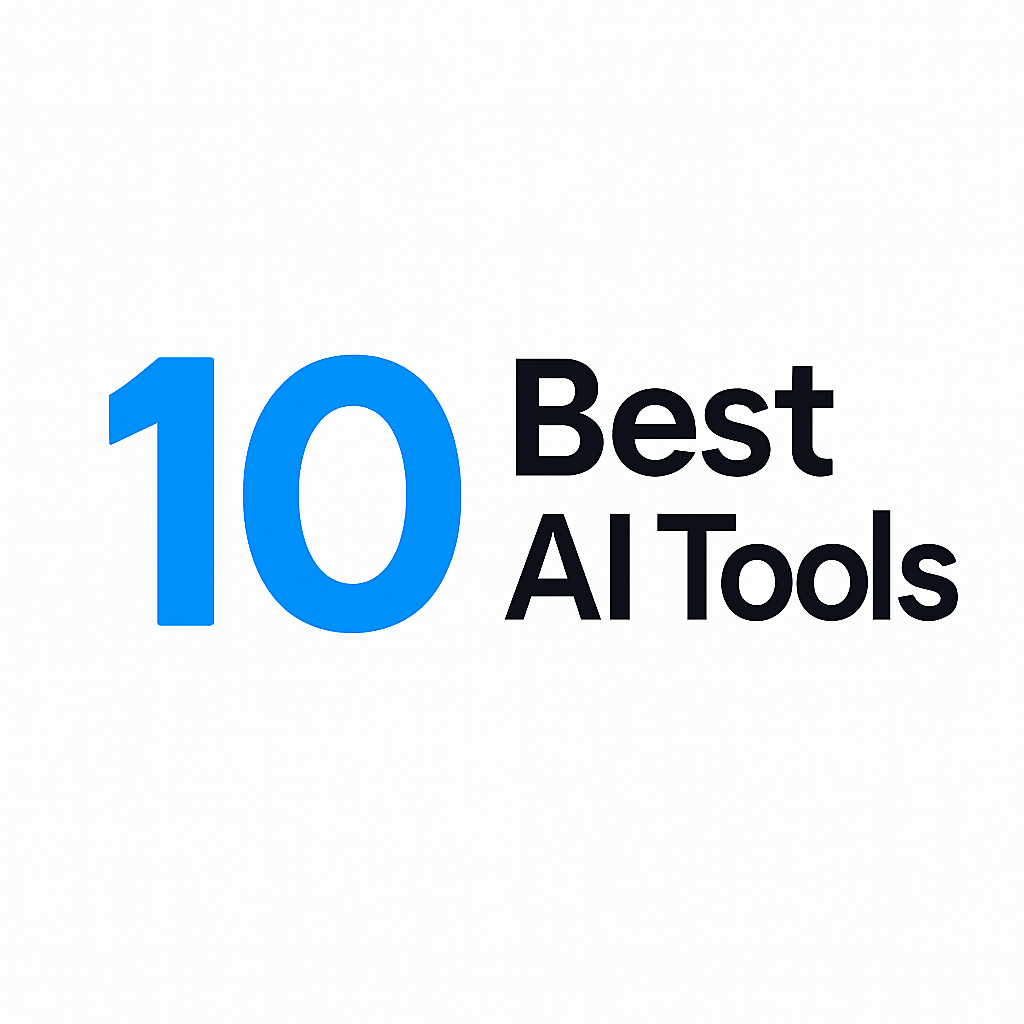Harvesting Tomorrow’s Crops with Today’s Tech: AI for Sustainable Farming.
“AI Tools for Sustainable Agriculture are transforming how farmers tackle parched soil, erratic weather, and yield uncertainty. Imagine standing in your field, unsure of the season ahead—AI now offers insights on soil health, crop prediction, and more. Let’s explore the top 10 tools helping you farm smarter, not harder.”
Comparison Table: AI Tools for Sustainable Agriculture at a Glance
| Tool | Key Features | Pricing Model |
|---|---|---|
| ClimateAI | Climate resilience analytics, risk mitigation | Subscription (Starts at $200/month) |
| Taranis | High-resolution imagery, pest detection | Custom Quotes |
| Agrible | Field-specific forecasts, market insights | Freemium (Premium: $50+/month) |
| CropX | Soil sensors, irrigation optimization | Hardware + Subscription |
| aWhere | Hyperlocal weather data, crop modeling | Pay-as-you-go |
| IBM PAIRS | Geospatial analytics, historical data trends | Enterprise Pricing |
| Granular | Farm management suite, ROI analysis | Subscription ($300+/farm) |
| FarmShots | Satellite imagery, nutrient deficiency alerts | 3–5/acre/month |
| Descartes Labs | Predictive crop yields, supply chain insights | Custom Quotes |
| PrecisionHawk | Drone-based soil analysis, field mapping | Pay-per-acre (10–20/acre) |
Detailed Breakdown of all 10 AI Tools for Sustainable Agriculture
1. ClimateAI
Features: ClimateAI leverages machine learning to predict climate risks like droughts, floods, and heatwaves, then recommends crop varieties resilient to those conditions. It integrates with farm management software for seamless planning.
Pros:
- Slashes uncertainty by forecasting risks months in advance.
- Customizable alerts for specific crops or regions.
Cons: - Requires internet connectivity, which may be limited in rural areas.
- Steeper learning curve for farmers new to digital tools.
Pricing: Starts at $200/month (volume discounts for cooperatives).
Alternative: Jupiter Intelligence (focuses on broader climate modeling).
Use Case: A soybean farmer in Brazil uses ClimateAI to pivot to flood-tolerant seeds ahead of monsoon season, saving 40% of their crop.
2. Taranis
Features: Combines AI with ultra-high-resolution drone imagery to detect pests, diseases, and nutrient deficiencies at the leaf level.
Pros:
- Reduces pesticide use by targeting problem areas.
- Early detection prevents crop loss (up to 30% yield savings).
Cons: - Initial drone setup costs ~$2,000+ (hardware + software).
- Limited effectiveness in heavy rain or wind.
Pricing: Custom quotes (typically $500+/month).
Alternative: Sentera (offers similar imagery but lower resolution).
Use Case: A California vineyard uses Taranis to spot mildew early, cutting fungicide costs by 25%.
3. Agrible
Features: Tracks real-time soil moisture, generates planting/harvest schedules, and provides market price forecasts.
Pros:
- Free tier includes basic soil and weather tracking.
- Intuitive mobile app for on-the-go decision-making.
Cons: - Premium plans lack depth in predictive analytics.
- Weather data can lag by 1–2 hours.
Pricing: Freemium model; premium plans start at $50/month.
Alternative: FarmLogs (better for large-scale yield tracking).
Use Case: A Midwest corn farmer uses Agrible’s free plan to optimize irrigation, saving 10,000 gallons of water monthly.
4. CropX
Features: Wireless soil sensors measure moisture, temperature, and salinity, syncing data to an app that recommends irrigation schedules.
Pros:
- Reduces water waste by up to 25%.
- Easy to install (no wiring required).
Cons: - Sensors cost $500+ each (3–5 per field recommended).
- Subscription required for advanced analytics.
Pricing: 1,000+initialhardwarecost+1,000+initialhardwarecost+30/month subscription.
Alternative: Arable (adds crop health monitoring via a solar-powered sensor).
Use Case: An Australian almond grower uses CropX to cut water usage by 20% in drought-prone regions.
5. aWhere
Features: Delivers hyperlocal weather data (temperature, rainfall, humidity) for over 2 billion global locations, paired with crop growth modeling.
Pros:
- Pay-as-you-go pricing suits small farms.
- API integrates with existing farm apps.
Cons: - No soil health or pest analysis.
- Requires manual data input for modeling.
Pricing: 0.10–0.10–1 per data query (budget ~$50/month for daily use).
Alternative: Tomorrow.io (offers longer-term weather forecasts).
Use Case: A Kenyan tea farmer uses aWhere to avoid overwatering during unexpected rains, protecting soil integrity.
6. IBM PAIRS
Features: Analyzes decades of satellite and soil data to predict long-term trends in soil health, erosion, and crop suitability.
Pros:
- Unmatched accuracy for large-scale, historical analysis.
- Ideal for government or cooperative use.
Cons: - Complex interface requires training.
- Overkill for farms under 100 acres.
Pricing: Enterprise quotes start at $1,000+/month.
Alternative: Google Earth Engine (free for non-commercial use).
Use Case: A Indian state agency uses IBM PAIRS to allocate subsidies for drought-resistant crops in vulnerable districts.
7. Granular
Features: All-in-one farm management platform tracking labor, equipment ROI, and crop performance. Owned by John Deere.
Pros:
- Robust for financial planning and yield forecasting.
- Syncs with John Deere machinery for real-time data.
Cons: - Expensive for small operations.
- Limited soil analysis features.
Pricing: Starts at $300/farm/month.
Alternative: Trimble Ag Software (better for soil mapping).
Use Case: A Canadian wheat farm uses Granular to reduce labor costs by 15% through optimized equipment scheduling.
8. FarmShots
Features: Analyzes satellite imagery to flag nutrient deficiencies, water stress, and disease outbreaks.
Pros:
- Affordable for per-acre budgeting.
- Alerts via SMS or email.
Cons: - Satellite updates every 3–5 days (not real-time).
- Limited to cloud-free days for accuracy.
Pricing: 3–3–5/acre/month.
Alternative: Pix4Dfields (uses drone imagery for faster updates).
Use Case: A Thai rice farmer uses FarmShots to identify nitrogen gaps, boosting yields by 12%.
9. Descartes Labs
Features: Predicts regional crop yields using satellite imagery, weather data, and supply chain trends.
Pros:
- Powerful for commodity traders and large cooperatives.
- Identifies global market shifts.
Cons: - Requires data science expertise to interpret outputs.
- Not tailored to individual farms.
Pricing: Custom quotes (starts at ~$2,000/month).
Alternative: Gro Intelligence (simpler interface for beginners).
Use Case: A U.S. agribusiness uses Descartes Labs to anticipate soybean shortages, securing pre-harvest contracts at premium prices.
10. PrecisionHawk
Features: Drones map fields to analyze soil compaction, drainage issues, and crop health.
Pros:
- Generates reports within 24 hours.
- Detects micro-issues missed by satellites.
Cons: - Drone flights require FAA compliance in the U.S.
- Less effective in mountainous terrain.
Pricing: 10–10–20/acre (depending on frequency).
Alternative: senseFly (specializes in fixed-wing drones for larger areas).
Use Case: A Nebraska corn farm uses PrecisionHawk to fix drainage issues, increasing yield by 8% on waterlogged fields.
How to Choose Right AI Tools for Sustainable Agriculture
- Budget: Start with freemium tools (Agrible) if cash-strapped.
- Farm Size: Large farms benefit from IBM PAIRS; smallholders prefer aWhere.
- Tech Savvy: Opt for plug-and-play tools like CropX if coding isn’t your forte.
- Integration: Ensure tools sync with your existing irrigation or ERP systems.
Pro Tips for Maximizing AI Tools for Sustainable Agriculture
- Start Small: Pilot one tool on a single field before scaling.
- Combine Tools: Use aWhere’s weather data with Taranis’ pest alerts.
- Update Regularly: AI models improve with fresh data—keep sensors calibrated.
- Train Your Team: Host workshops to reduce resistance to new tech.
Ethical Considerations
- Data Privacy: Who owns your soil data? Avoid tools that sell insights to third parties.
- Bias: Ensure algorithms aren’t skewed toward large, Western farms.
- E-Waste: Recycle old sensors/drones responsibly.
The Future of AI Tools for Sustainable Agriculture
By 2030, AI could cut global farm water use by 30% and emissions by 20%. Expect:
- AI-Driven Drones: Autonomous pollinators for climate-affected regions.
- Blockchain Integration: Transparent supply chains from soil to supermarket.
- Collaborative AI: Farmers worldwide sharing data to predict global crop trends.
Conclusion
The future of farming isn’t just in your hands—it’s in the cloud. Whether you’re battling erratic rains or nutrient-poor soil, there’s an AI tool tailored to your struggle. Ready to swap uncertainty for precision? Pick one tool from this list, try it this season, and share your story in the comments below. Let’s grow a greener future, together.
Check Out: AI Tools for Reducing Zoom Fatigue
FAQs on AI Tools for Sustainable Agriculture
Q: Can small-scale farmers afford AI tools?
A: Yes! Tools like Agrible and aWhere offer free or low-cost plans.
Q: Do AI tools replace agronomists?
A: No—they’re decision aids. Pair AI insights with human expertise.
Q: How secure is my farm data?
A: Choose tools with GDPR/CCPA compliance and clear privacy policies.
Q: What’s the ROI timeline?
A: Most see water/cost savings within 1–2 growing seasons.
Q: Can AI work offline?
A: Some tools (CropX) offer offline sync—check connectivity requirements.
Career as an Agricultural Specialist






